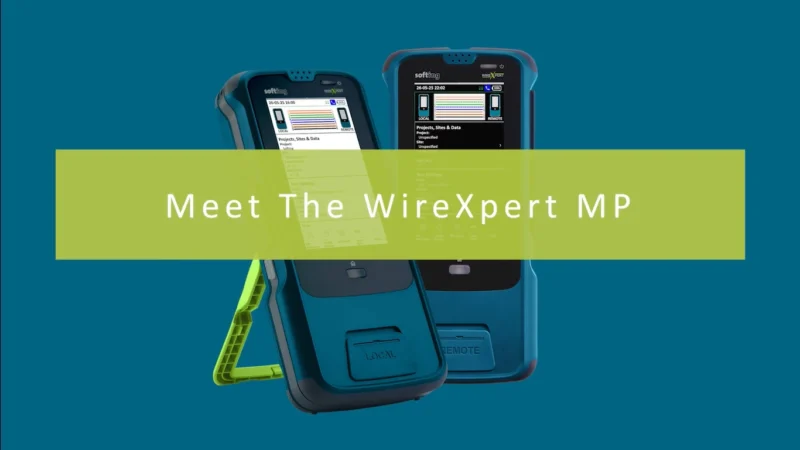The Evolution of the Cellular Network
The cellular network evolution is miles ahead of its early 2G and 3G days. One of the industry leaders of that evolution is Digi International. Harald Remmert, CTO for Cellular Solutions at Digi International spoke with Infinite IoT’s Mat Ackley and provided insights into that journey, today’s technical advancements, and the future of cellular networks.
Today, the continued shuttering of existing 2G and 3G networks will affect everyday devices that still use these older networks. One example Remmert cited was vehicle safety. Could older vehicles utilizing 2G and 3G networks for safety features suddenly find themselves outdated, putting drivers at risk? Older security panels relying on 2G and 3G networks may also be at risk of not functioning as these older networks shut down.
Remmert said Digi looked at these networks as plannable events. “We work with our customers early on, for example, by providing advanced shutdown information on our website. We also enable customers to update firmware and configuration on those thousands of devices remotely. We thought this through, and we’re very methodical in helping our customers move up to the next level of networks.”
These cellular network evolutions tend to go in waves every ten years and to make the generational leaps, new and improved infrastructure must be in place before those improved networks get up to scale. These include new base stations, antennas, and band spectrums.
“It started with 4G and really pushed into 5G as well, where more and more of the functions that the network provides were compartmentalized, and they’re much easier to deploy,” Remmert said. “They can run on regular data-center-grade hardware. You’re not going to need to have specialized monolithic hardware anymore.”
And 5G is not simply a faster network; Remmert believes it will transform how people live, work, and play with its robust capabilities. AI and edge compute technologies can advance and flourish through 5G networks as well.








